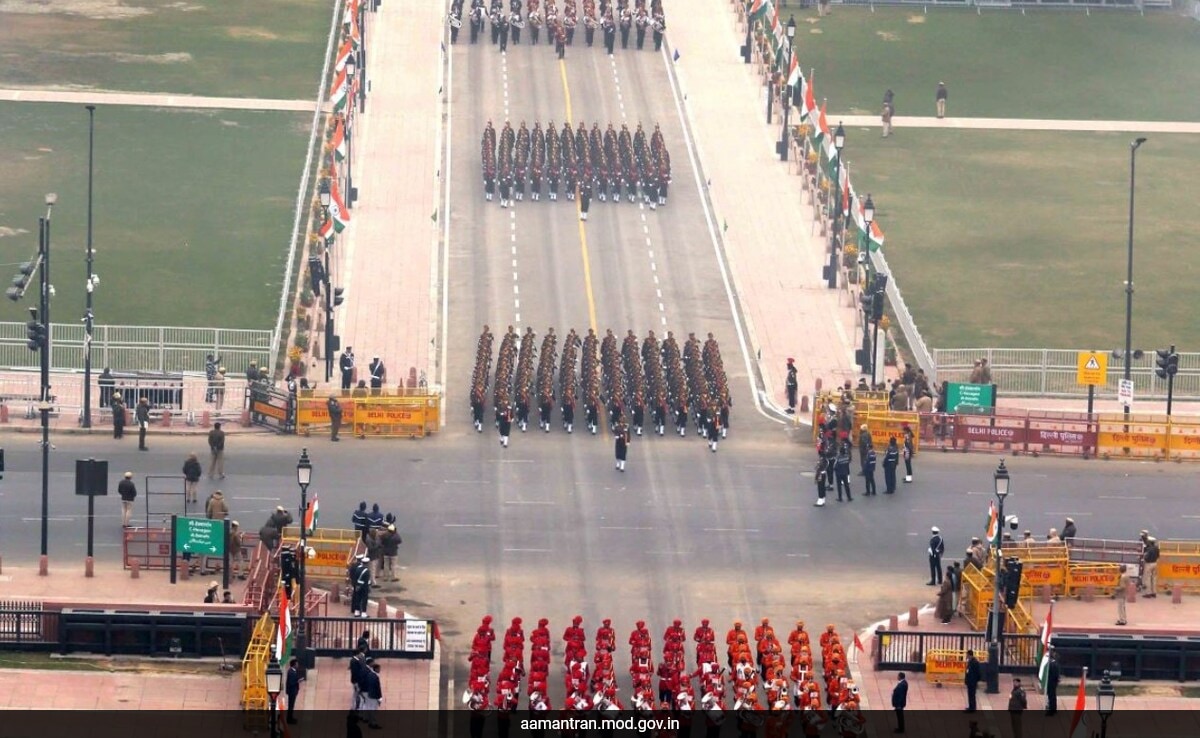
In New Delhi, soldiers march along the Kartavya Path in a display of military might.
India is gearing up to celebrate its 75th Republic Day on January 26, 2024, which is a significant moment in the nation’s history. Adding to the importance of this occasion, French President Emmanuel Macron will be the honored chief guest, marking the sixth time a French leader has attended and highlighting the strong diplomatic relations between India and France.
The focal point of the Republic Day celebrations is the impressive Republic Day Parade on Kartavya Path (formerly Rajpath) in New Delhi. This grand event showcases India’s military strength with marching contingents from all three branches of the armed forces, impressive displays of military equipment, and thrilling performances by motorcycle teams.
The parade, however, is not solely centered around military displays. It also features a rich display of India’s diverse cultural heritage. Each state presents a tableau, a carefully designed float, depicting its unique culture, traditions, and achievements. Accompanied by lively folk music and dance performances, these tableaux captivate the audience.
This year’s parade will be made even more special with the inclusion of the French Army. For the first time, a contingent of French soldiers will march alongside their Indian counterparts, symbolizing the deepening partnership between the two nations. This collaborative gesture is expected to bring an atmosphere of camaraderie and international cooperation to the festivities.
Why is Republic Day celebrated on January 26?
While August 15th marks India’s birth as an independent nation, shaking off the shackles of British rule, Republic Day on January 26th celebrates the birth of its democratic soul-the Constitution. This date holds a unique significance, woven into the very fabric of the nation’s history.
Following liberation in 1947, a team led by Dr BR Ambedkar embarked on the monumental task of crafting a constitution that would define the new nation’s identity. After two years of meticulous deliberations, the Constitution was adopted on January 24th, 1950. This was no ordinary document; it was the very lifeblood of the new Republic, establishing a framework for a democratic, egalitarian, and just society.
The constitution came into effect two days later, on January 26, 1950, which completed India’s transition to a sovereign republic. The constitution replaced the British colonial Government of India Act (1935) as the country’s governing text.




